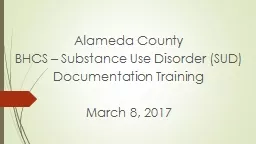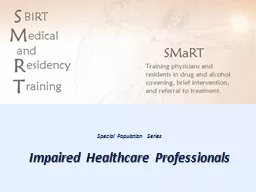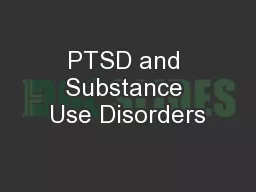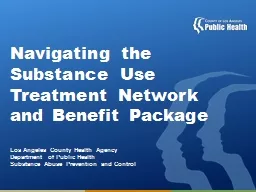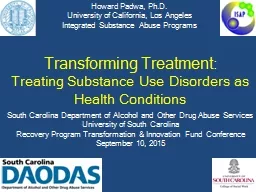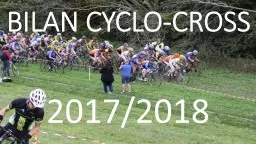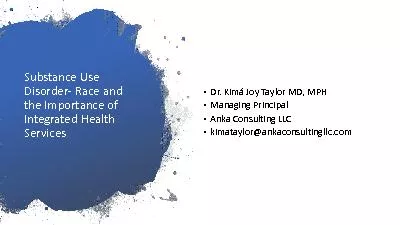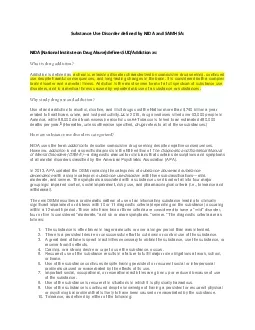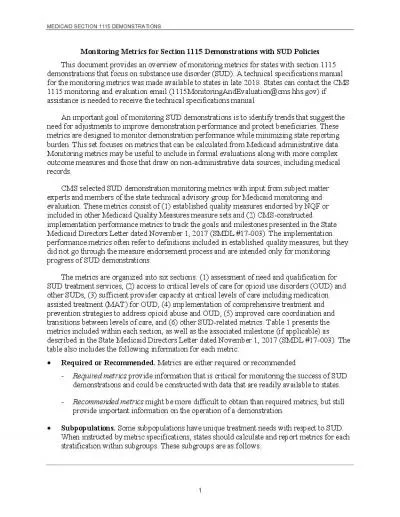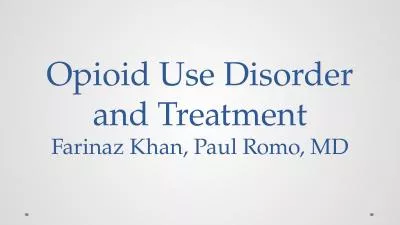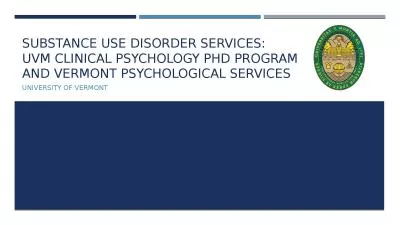PPT-Substance Use Disorder (SUD) Documentation Training
Author : jane-oiler | Published Date : 2019-11-19
Substance Use Disorder SUD Documentation Training July 20 2017 BHCS QA Contacts SUD Technical Assistance Sharon Loveseth LAADC SharonLovesethacgovorg Medical Records
Presentation Embed Code
Download Presentation
Download Presentation The PPT/PDF document "Substance Use Disorder (SUD) Documentati..." is the property of its rightful owner. Permission is granted to download and print the materials on this website for personal, non-commercial use only, and to display it on your personal computer provided you do not modify the materials and that you retain all copyright notices contained in the materials. By downloading content from our website, you accept the terms of this agreement.
Substance Use Disorder (SUD) Documentation Training: Transcript
Download Rules Of Document
"Substance Use Disorder (SUD) Documentation Training"The content belongs to its owner. You may download and print it for personal use, without modification, and keep all copyright notices. By downloading, you agree to these terms.
Related Documents

